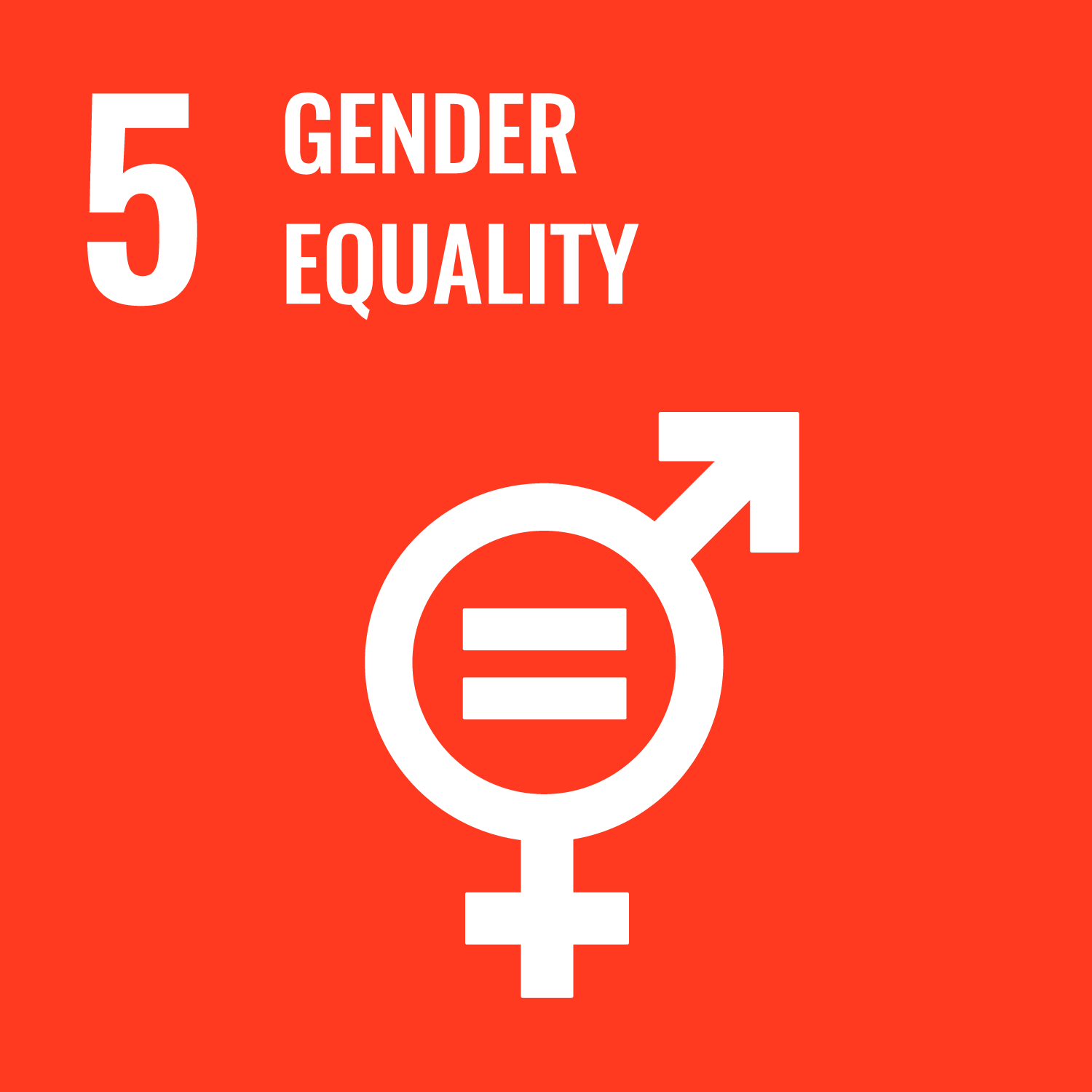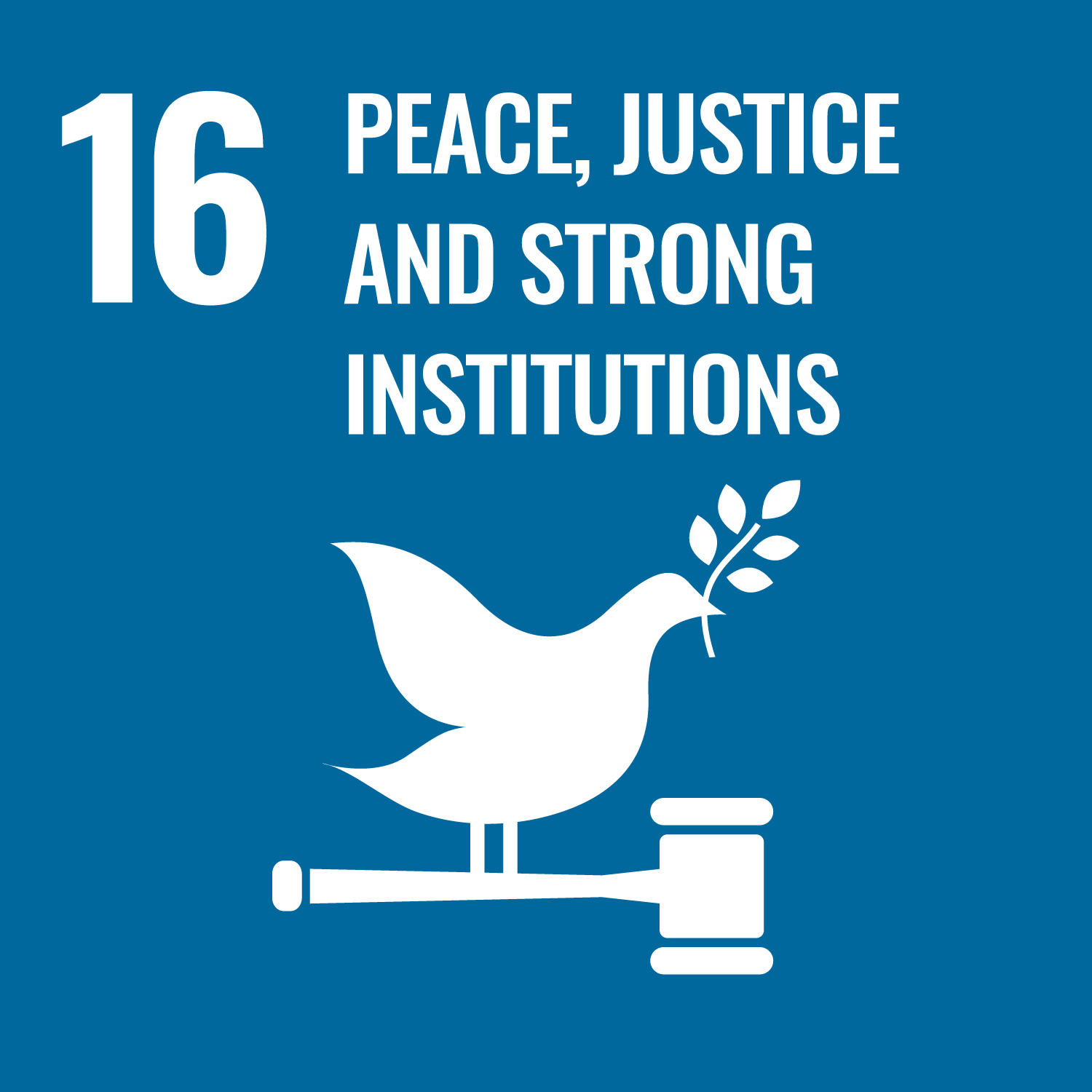Reducing the prevalence of mothers experiencing recurrent care proceedings
This project is also known as Pause
Aligned SDGs


- Reducing the prevalence of mothers experiencing recurrent care proceedings
- General overview
- Location
- Involved organisations
- Outcome metrics
- Results
- SyROCCo reports
- Spreadsheet of data
- Reducing the prevalence of mothers experiencing recurrent care proceedings
- General overview
- Location
- Involved organisations
- Outcome metrics
- Results
- SyROCCo reports
- Spreadsheet of data
General overview
Stage of development: Complete
Policy sector: Child and family welfare
Date outcomes contract signed: Feb 2019
Start date of service provision: Apr 2019
Actual completion date: Sep 2024
Max potential outcome payment: GBP 1.62m
Service users: 49 individuals
Intervention
Pause is an intensive, relationship-based support programme, delivered over 18 months. The trauma informed support offered is practical (e.g. support accessing and engaging with benefit entitlement, debt advice, stable housing, primary care services – GP, dental, sexual health, etc), behavioural (e.g. development of behavioural regulation techniques, healthy relationships) and therapeutic (e.g. recovery from loss and trauma)
Target population
The target population is women of child bearing age who have experienced (or are at high risk of experiencing) a cycle of recurrent care proceedings leading to removal of their children into local authority care.
Location
Country
- United Kingdom
Service delivery locations
- Plymouth City Council
Involved organisations
Configuration of contracting parties:
- Direct contract between outcome payer and investor
- QBE Insurance Group
- Big Society Capital
- Project Snowball
- Pilotlight
- The Prince of Wales's Charitable Fund
- Guy's and St Tomas' Charity
- Trust for London
- Ceniarth
- Local government pension schemes
- Merseyside
- Global Business Insurer QBE
- Greater Manchester Pension Fund
- Development Bank of Japan
- Bank Workers' Charity
Outcome metrics
- Metric 1: Women are supported to take a ‘pause’ from pregnancy to enable them to focus on their own needs, take control of their lives and develop new skills and responses, building their wellbeing and resilience to move forwards to a more positive future. Woman completes the Pause programme (i.e. her period of engagement with the programme was not less than 12 months) and does not become pregnant for 18 months from commencing engagement with the programme.
- Metric 2: Women who enrol onto the Pause programme do not become subject to the instigation of further care proceedings (in respect of either an Interim Care Order or Care Order) for a period of 36 months from the point they commence engagement with the Pause programme. Women can achieve this outcome several times.
Results
This project started delivering services in April 2019 and finished in September 2024.
Outcome achievements
Overall target is based on the high case scenario defined in the Life Chances Fund Final Award Offer or Variation Agreements.
The graph above shows interim results for the project’s outcome achievements. Each bar represents a key participant outcome or metrics. Each metric is detailed above the graph (under the ‘Outcome metrics’ section of this page). Users can hover over the bars to access data on the expectations and achievements for that particular metric. Labels at the top of the bar represent the overall expectations for specific metrics, for the entire life of the project. The coloured section of the bar represents the project’s achievements so far.
Each bar takes the unit of analysis of the metric (if the metric is measured in number of individuals, the bar graph is representing individuals achieving that metric. If the metric is measured in weeks, the bar graph is representing weeks).
A note on targets (or expectations): the graph above shows the latest targets for the project. These targets are based on the best-case scenario expectations for every project. These targets may be different from the targets set at the start, as projects adapt to unexpected challenges or changes in circumstances. In addition, these targets could also work as a ‘cap’ for payments. We offer these parameters as a reference on outcome achievement projections. If projects are under implementation, they are not expected to have achieved any of these targets yet.
The project commissioner interpretation of this graph:
'Metric 1 recognises that supporting women to take a ‘pause’ from repeated short interval pregnancies is pivotal to creating space for women to focus on their own needs and fully engage with the project, to improve wellbeing, resilience and stability, reflect on trauma and begin recovery, learn, aspire, build self-esteem and agency. The longer women maintain engagement, the greater the confidence that this ‘pause’ from pregnancy is attributable to the programme. Therefore, whilst there is a pro-rata payment for engagement of at least 8 months, to achieve the full Metric 1 outcome payment, women must maintain engagement with the programme for at least 12 months.
Metric 2 demonstrates programme impact has been sustained, and women have been successfully supported to exit the cycle of short interval pregnancies leading to care proceedings. If a woman does give birth after engaging with the programme and care proceedings are not instigated, Metric 2 will demonstrate the project has been successful in effectively supporting her to create the foundations upon which she has then gone forward to build parenting capacity.
The metrics were selected in preference to other potential outcomes metrics (e.g. measures of domestic abuse experienced, wellbeing and mental health, engagement with wider services, etc) because they are ‘concrete’, objective metrics that don’t rely on voluntary self-reporting, which would be particularly challenging in the post-programme phase, and do not require significant resources for outcome data collection and verification.'
Outcome payments
The graph above shows interim outcome payment results. The x-axis displays the years since the start date of the project to the anticipated completion date. The y-axis represents the value of the payments for outcomes realised by participants in the programme. The aim of this graph is to enable users to compare the initial expectations of the project against the actual value of the outcomes that were achieved.
The dotted lines represent the different plans that projects had at different moments- labelled as ‘Plans’ in the key. The data for these dotted lines (or single dotted line) comes from the outcome payment profiles that projects shared with the commissioners and their values represent expectations according to 'best-case scenarios' (if projects achieved as many outcomes as possible). There are different dotted lines as projects can renegotiate their payment plans as they face changes that affect delivery (such as the COVID pandemic) or adjust their expectations during the life of the project. Each dotted line is made of a set of points. Each point represents a quarter. Users can hover over those points and access data on the expectations for that quarter.
The solid line shows the outcome payments that the project already claimed and received- labelled as ‘Actual’ in the key. Squared points on the 'Actual' line indicate that the payment for that quarter was a COVID-19 medium-scenario grant. This was one of the temporary funding options offered to projects during the COVID-19 pandemic (this included activity payments based on projected medium-case performance scenarios). On the top-right corner, the ‘Plans’ and ‘Actual’ lines can be selected and deselected to change which lines appear in the graph.
A note on the representation of different payment profiles (or plans): when Life Chances Fund projects reprofile their payment plans, they use a template provided by the National Lottery Fund. When they complete data for the past quarters, some projects preferred to leave those cells blank, other preferred to repeat the previous expectations and other decided to complete those cells with data from actual payments. To avoid confusions around these different criteria, we start representing a plan from the moment when the plan is valid.
The project commissioner interpretation of this graph:
'Outcome payments for Metric 1 are paid as a lump sum, 19 months after a woman commences engagement with the project. Outcome payments for Metric 2 are paid quarterly in arrears, from 18 months to 36 months after a woman commences engagement with the project, based on a daily rate card.
Plan 1 was developed at project set up and based on assumptions of how many women would subsequently successfully engage with the programme. Plan 2 was subsequently developed once actual numbers of women engaging in two consecutive cohorts were known, and outcome projections were revised for the whole project, based on progress already seen with Cohort 1.
The Covid19 pandemic presented a significant potential challenge to achievement of outcomes; however, the Pause practice team found creative ways to adjust programme delivery and sustain women’s engagement throughout periods of lockdown and social distancing restrictions; this proved effective in mitigating the risks to outcome achievement associated with the pandemic.
Actual Metric 2 outcome payments have been slightly below Plan 2 since December 2022, as two women from our Cohort 2 sadly passed away before reaching the full outcome milestone.'
Powered by SyROCCo SyROCCo reports
The following articles are taken from the Systematic Review of Outcomes Contracts Collaboration (SyROCCo) Machine Learning tool.
The tool is a collaboration between the Government Outcomes Lab and machine learning experts from the University of Warwick, that allows you to navigate and explore data extracted from nearly 2000 academic and grey literature publications related to outcomes-based contracting.
Spreadsheet of data
Important Notice and Disclaimer on INDIGO Data
INDIGO data are shared for research and policy analysis purposes. INDIGO data can be used to support a range of insights, for example, to understand the social outcomes that projects aim to improve, the network of organisations across projects, trends, scales, timelines and summary information. The collaborative system by which we collect, process, and share data is designed to advance data-sharing norms, harmonise data definitions and improve data use. These data are NOT shared for auditing, investment, or legal purposes. Please independently verify any data that you might use in decision making. We provide no guarantees or assurances as to the quality of these data. Data may be inaccurate, incomplete, inconsistent, and/or not current for various reasons: INDIGO is a collaborative and iterative initiative that mostly relies on projects all over the world volunteering to share their data. We have a system for processing information and try to attribute data to named sources, but we do not audit, cross-check, or verify all information provided to us. It takes time and resources to share data, which may not have been included in a project’s budget. Many of the projects are ongoing and timely updates may not be available. Different people may have different interpretations of data items and definitions. Even when data are high quality, interpretation or generalisation to different contexts may not be possible and/or requires additional information and/or expertise. Help us improve our data quality: email us at indigo@bsg.ox.ac.uk if you have data on new projects, changes or performance updates on current projects, clarifications or corrections on our data, and/or confidentiality or sensitivity notices. Please also give input via the INDIGO Data Definitions Improvement Tool and INDIGO Feedback Questionnaire.